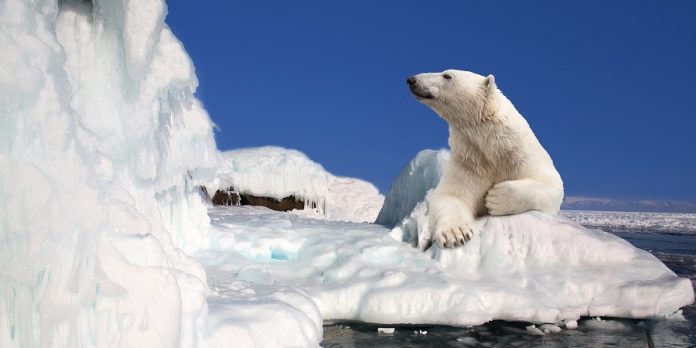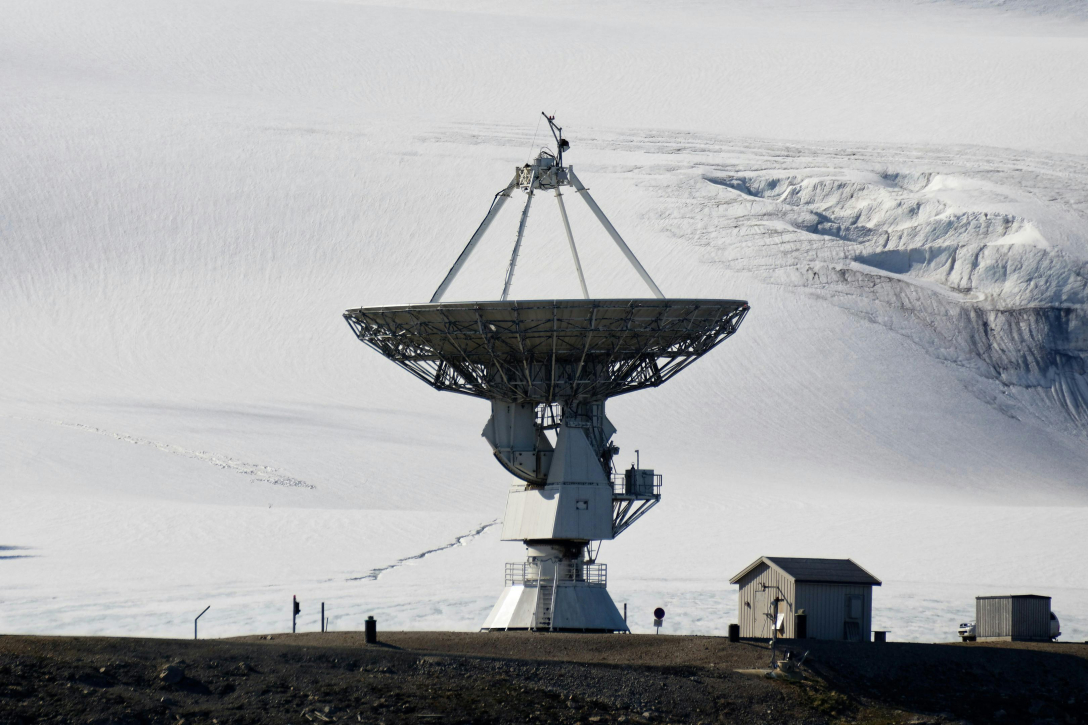Танення льодовиків в Арктиці стає не тільки екологічною проблемою, а й створює передумови для нової глобальної боротьби за ресурси та контроль над стратегічними маршрутами. Відкриття доступу до гігантських покладів корисних копалин і запуск нових транспортних коридорів із Азії до Європи роблять Арктику зоною інтересів найбільших світових гравців. Серед них — Росія та Китай, які вже активно готуються до можливих конфліктів у регіоні.
Активне танення льодовиків – це, мабуть, одна з основних екологічних загроз XXI століття. Воно може призвести до незворотних кліматичних змін планетарного масштабу. Проте не менш важливими льодовики є й у геополітичному сенсі. Адже під кригою Північнольодовитого океану лежать ресурси на трильйони доларів.
Розмерзання Арктики – це подія, яку сміливо можна порівняти з Епохою великих географічних відкриттів, коли де-факто зародилася сучасна західна цивілізація. І до цих подій готуються не лише у центрах дослідження клімату та екології, а й у політичних центрах країн, дотичних до Арктики і не тільки.

Що таке Арктика?
До Арктики традиційно відносять території, що знаходяться за полярним колом. Відтак арктичними являють вісім держав: Російська Федерація (53% довжини берегової лінії Північно Льодовитого океану), Канада, США, Ісландія, Данія (Гренландія та Фарерські острови – території, наділені особливим статусом), Норвегія, Швеція та Фінляндія. Шість з них (окрім Швеції та Фінляндії) мають вихід до Північно Льодовитого океану. Сім з восьми арктичних держав є членами НАТО, проте велика берегова лінія РФ дозволяє їй претендувати на домінування у цьому регіоні.
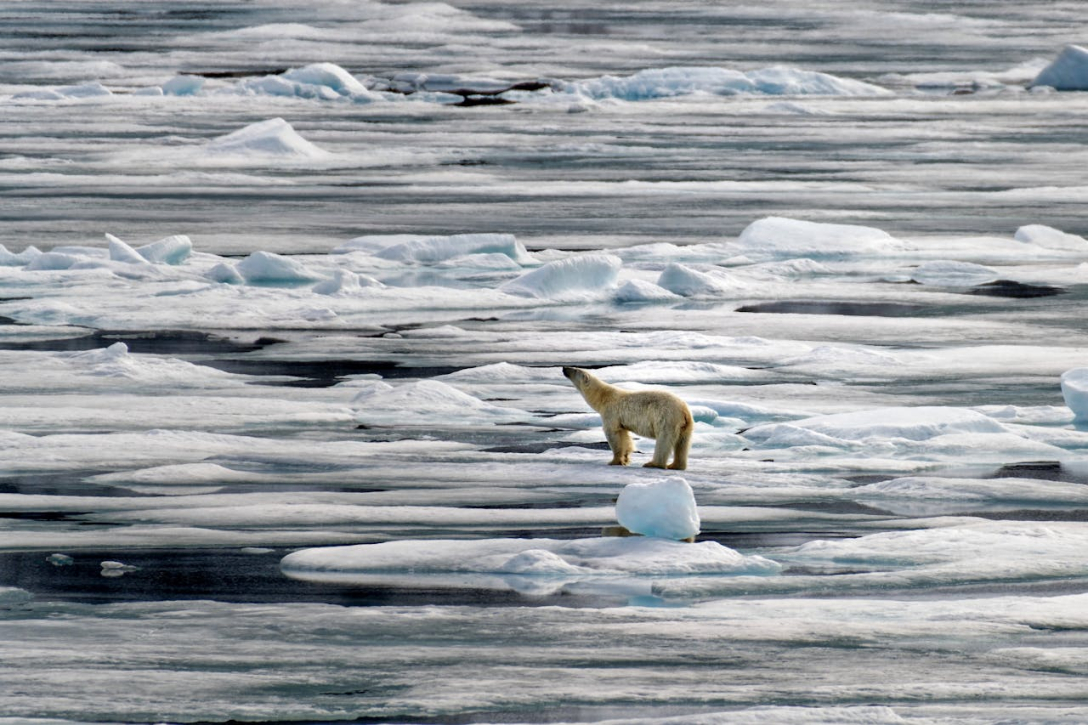
На території Арктики проживає близько 4 млн осіб, десятки корінних народів. Ісландія, Гренландія та Фарерські острови повністю знаходяться в Арктиці, також в регіоні знаходиться 40% площі Канади. Хоча умови проживання в Арктиці досить складні, люди заселили цю територію ще тисячі років тому. Активніше її заселяти стали з кінця ХІХ століття, чому сприяв технологічний прогрес. Зрозуміло, що технології XXI століття відкривають перед людством принципово нові можливості у цьому напрямку.
Багатство не під землею, а під льодом
Північний Льодовитий океан цінний сам по собі. Це той рідкісний випадок, коли вода йде на ціну золота. В умовах, коли в регіонах ближче до екватора відбувається значне осушення територій, що призводить до дефіциту води, прісна вода арктичних льодовиків має усі шанси стати “білим золотом” у XXI столітті. Також Північний Льодовитий океан багатий і на більш традиційні цінні природні ресурси: нафту (всього близько 412 млрд барелів), газ, руди цінних металів, всього 22% світових запасів корисних копалин.
Кому належить Арктика?
Особливістю Арктики є те, що більша її частина – це простори океану. Тверді простори, які являють собою замерзлі тисячі років тому льодовики. Лише крайні її частини – це північні регіони Євразії та Америки, в основному острови. Так, Гренландія, понад 80% території якої вкриті льодом, є найбільшим у світі островом. Цей факт суттєво відрізняє з точки зору міжнародного права Арктику від Антарктики, яка базується навколо повноцінного материка Антарктида. Адже території на освоєння яких претендують арктичні держави розподіляються як морські економічні зони. Відтак освоювати природні ресурси держави мають саме відштовхуючись від вказаних правил. А саме на відстані не більше 200 морських миль від їх берегової лінії, натомість серед арктичних країн витає думка про збільшення цієї відстані до 350 морських миль. Також розглядається варіант рівномірного поділу всієї Арктики пропорційно довжині берегової лінії кожної країни. Зрозуміло, що такий поділ буде найбільш вигідний РФ.
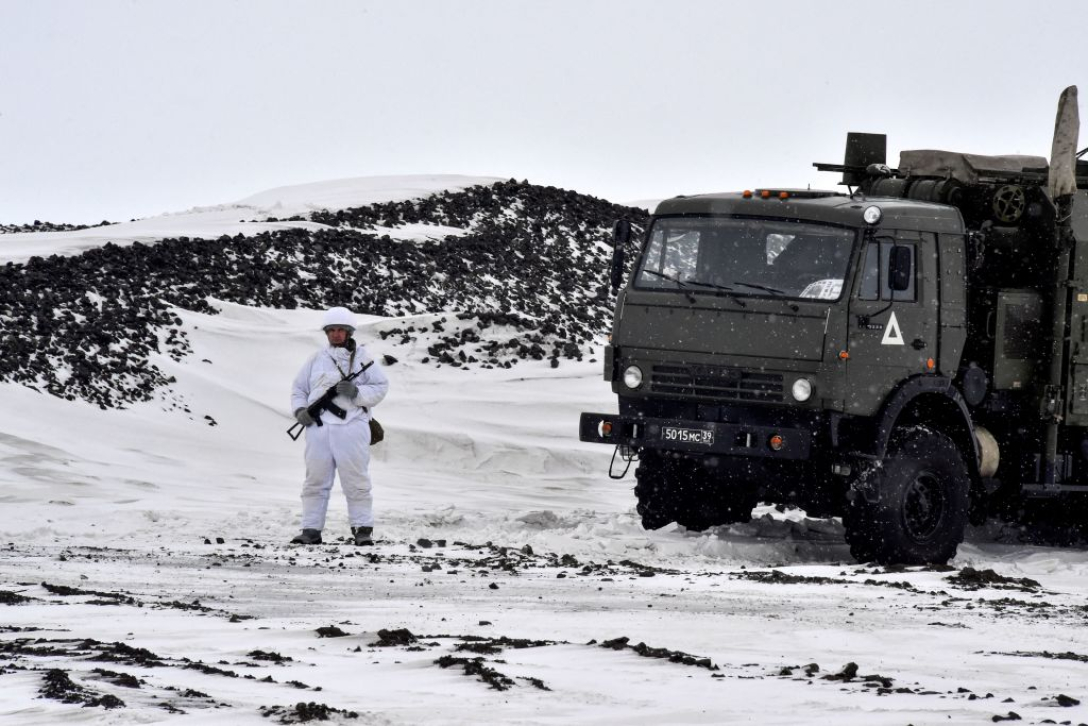
Для спільного управління Арктикою, якісної організації наукових досліджень, організації логістики та гармонійного комерційного використання було утворено кілька міжнародних організацій, зокрема, Північна Рада (заснована ще у 1952 році), Баренцева Євроатлантична Рада (BEAC), а найвпливовішою серед них є заснована у 1996 році Арктична Рада.
Кремль наступає, Путiн стягує вiйська
В рамках цієї організації в основному взаємодіють арктичні держави. Проте такий розподіл Арктики та спосіб її освоєння не задовольнив Росію. У Москві традиційно висловлюють незадоволення чинним світовим порядком (в даному випадку у частині, що стосується морського права) та посилаються на давні історичні образи. Зокрема, маючи на увазі острів Шпіцберген, який був відторгнутий від Росії за результатами Першої світової війни. Він попри свої невеликі розміри в масштабах регіону та малозаселеність відіграє стратегічне значення в силу свого географічного розташування. Він суттєво розширює економічну зону Норвегії та її військо-стратегічні можливості в регіоні. Проте, на відміну від Криму цей острів разом з усією Норвегією знаходиться під парасолькою НАТО з 1949 року. Тому тут Кремль діє обережніше.
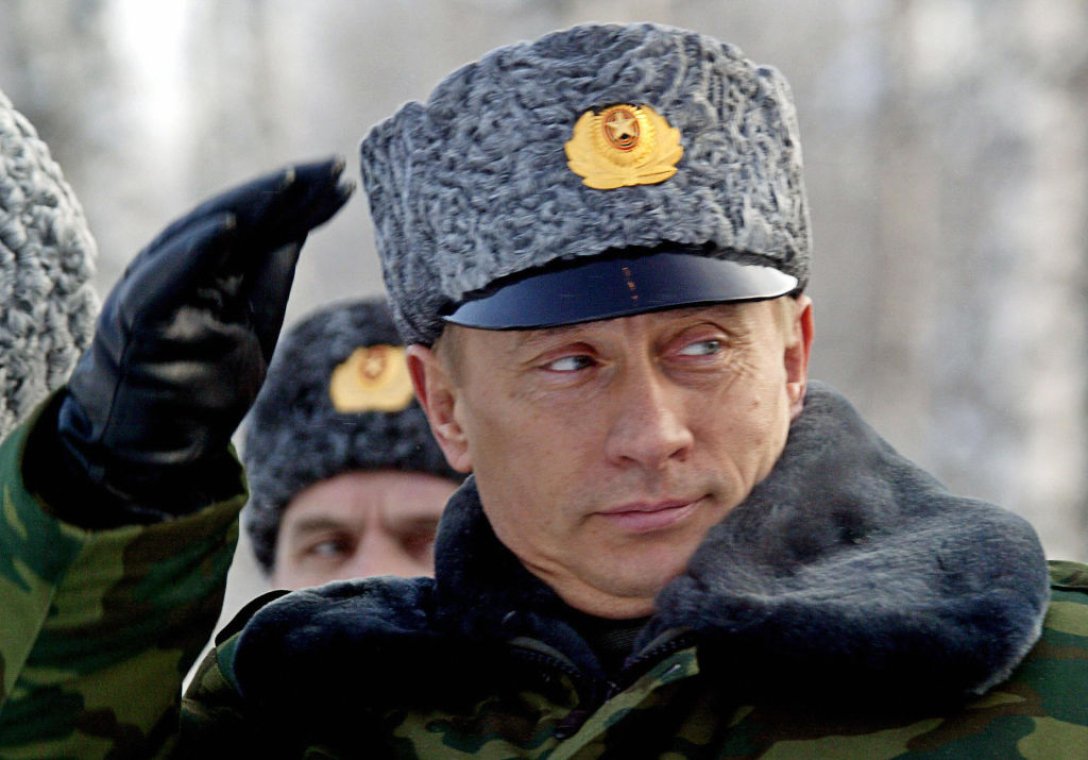
Натиск Москви в регіоні прямо пропорційний інтенсивності танення арктичних льодовиків. Ще у 2007 році росіянами було встановлено прапор на дні океану в місці географічного північного полюса Землі. Особливо процеси пришвидшилися після анексії Криму у 2014 році. З 2015 року РФ регулярно проводить військові навчання та розбудовує свою інфраструктуру в регіоні. Було навіть створено окремий арктичний рід військ.
Таким чином РФ максимально прямо окреслила свої амбіції на контроль в Арктиці, які явно не співпадають із чинними нормами міжнародного морського права. Колишній аналітик НАТО Мауріціо Джері вважає, що Путін намагатиметься взяти під контроль ресурси Арктики, адже це буде запорукою виживання його режиму. З цією метою Кремль стягує війська в регіон — і на даний момент РФ переважає інші арктичні країни за кількістю підводних човнів та військових баз, розміщених в Арктиці.
До чого тут Китай?
Окрім арктичних країн в регіоні під приводом різних гуманітарних місій (в основному пов’язаних з екологією) присутні й інші країни, серед яких особливо виділяються Індія та КНР.
Пекін у близькій перспективі Арктика цікавить як альтернативний торговий шлях. Логістика в Європу через Арктику набагато ближча, ніж через Індійський океан. Відкриття Трансарктичного торгового шляху буде трансформацією світової економіки рівною відкриттю свого часу того самого шляху через Індію, що призвів до занепаду традиційного торгового маршруту і цивілізацій, що знаходилися на його шляху. Заступник директора американського Центру досліджень безпеки в Арктиці Метью Хікі пов’язує усю метушню щодо Арктики саме із потенціалом відкриття нового логістичного маршруту.
Чи бути Трансарктичному маршруту?
За останні майже сорок років площі льоду в Арктиці скоротилися майже удвічі (з 7,05 млн кв. км у 1979 році до 3,92 млн кв. км у 2020 році), що робить перспективи трансарктичного торгового маршруту більш ніж реальними.
Проте наразі є численні фактори, які продовжують робити вигіднішим маршрут через Індійський океан та навіть через мис Доброї Надії попри їх суттєву дальність. Серед них найбільшою проблемою є відсутність належної морської інфраструктури вздовж російської берегової лінії. Якщо пояснити простими словами, то в разі кораблетрощі (яка є досить ймовірною в умовах північних морів, де плавають численні шматки льоду) є висока ймовірність, що рятувальники не зможуть прибути вчасно. Окрім етичного моменту (ризик для життя екіпажу) це ще й величезні витрати на страхування, що суттєво дорожче за різницю у вартості палива (спрощено), яке потрібно закупити для подорожі через мис Доброї Надії.
Також найближчим часом не передбачається повне зникнення айсбергів в регіоні. Навпаки танення арктичних льодовиків лише сприяє збільшенню кількості крижин у водах. Тож для реального комерційного судноплавства у регіоні потрібно буде переробляти комерційні судна, що курсуватимуть маршрутом, відповідно до арктичних особливостей, які прямо протилежні тропічним, в яких зараз плавають кораблі, що обслуговують маршрут.
Тож наразі у Москві традиційно задовольняються гучними амбітними заявами про “світле майбутнє” та маршрутами власних кораблів, які у відношенні до потенційних масштабів проекту є суто символічними та носять виключно пропагандистський ефект для внутрішнього використання.
Китай готує арктичний флот
Проте не варто поспішати хоронити північний маршрут, адже окрім РФ певну зацікавленість у ньому має й КНР. А ця країна уже неодноразово доводила, що здатна реалізовувати масштабні стратегічні проекти. В умовах економічних проблем, в які зараз занурюється Піднебесна, побудова грандіозного торгового арктичного флоту дало вагомий поштовх економіці. Паралельно посіпаки китайських посіпак по суті вже зруйнували торговий шлях через Червоне море (найкоротший з наявних зараз).
Не виключаємо у середньостроковій перспективі проблем з альтернативним маршрутом через Атлантичний океан, який вже є проблемним, оскільки значно довший за маршрут через Червоне море. І тут саме час буде вийти на авансцену КНР з її арктичним флотом. РФ із її підходом до справи традиційно відведуть роль сторожового пса. Проте у Кремлі схоже вже вжилися у цю роль і тому не особливо протестують.
Новий подiл свiту та золотi гори замiсть айсбергiв
Арктика разом з Антарктикою — це єдині регіони, які людина ще не встигла освоїти на поверхні Землі. Це пов’язано не із людським альтруїзмом, а із більш прозаїчними чинниками — відсутністю технічних можливостей зробити це. Тепер же, коли вони з’явилися, людство може стати свідком ретроспективи часів колоніального поділу світу лише із новітніми озброєннями, включаючи зброю масового знищення. Таких факторів не було на руках у колонізаторів минулих епох.
Зрештою, буде шанс експериментальним методом перевірити, наскільки людство прогресувало у морально-етичному плані з часів Епохи великих географічних відкриттів.

